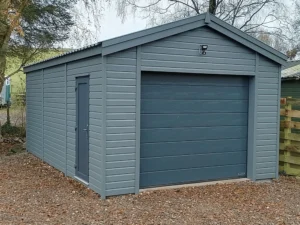Football has experienced a tactical transformation over the past ten years, with evolving strategies that have redefined team dynamics, player roles, and match outcomes. From high-press systems to fluid positional play, modern football demands adaptability, precision, and strategic depth. In this context, apuesto.pe analyzes the most influential tactical trends that have shaped the game and their impact on competitive performance across leagues and tournaments.
High Press and Defensive Triggers
One of the most dominant tactical shifts has been the implementation of high pressing systems. Teams apply coordinated pressure in the opponent’s half, aiming to recover possession quickly and disrupt build-up play. Clubs like Liverpool and Manchester City have mastered this approach, using defensive triggers to initiate pressing sequences and capitalize on turnovers.
Positional Play and Spatial Control
Modern football emphasizes structured positional play, where players occupy specific zones to control space and facilitate ball circulation. This strategy enhances passing lanes and reduces defensive vulnerabilities. Coaches like Pep Guardiola have popularized this model, focusing on spatial awareness and synchronized movement to dominate possession and dictate tempo.
Flexible Formations and Role Fluidity
The last decade has seen a rise in flexible formations and interchangeable roles. Players are expected to adapt dynamically, shifting between offensive and defensive responsibilities based on game flow. Systems like the 3-4-3 or 4-2-3-1 have evolved to accommodate hybrid roles, allowing midfielders and wing-backs to contribute across multiple phases of play.
Counterattacking Efficiency
While possession remains valuable, counterattacking has become a lethal weapon for teams that prioritize speed and precision. Clubs like Real Madrid and Bayern Munich have demonstrated how rapid transitions and vertical play can dismantle organized defenses. This strategy relies on quick decision-making, accurate long passes, and clinical finishing.
Set-Piece Innovation
Set pieces have gained strategic importance, with teams investing in specialized routines to exploit defensive weaknesses. From zonal marking adjustments to rehearsed corner kick patterns, set-piece execution can be decisive in tightly contested matches. Analysts and coaches now treat dead-ball situations as critical opportunities for tactical advantage.
Conclusion
Football’s tactical landscape has evolved dramatically, blending intensity, structure, and adaptability. Teams that embrace these trends and refine their strategic execution gain a competitive edge in domestic and international competitions. As the game continues to evolve, tactical innovation will remain at the heart of football’s most successful campaigns.
Also Read-BDG Game Social: More Than Just a Game










